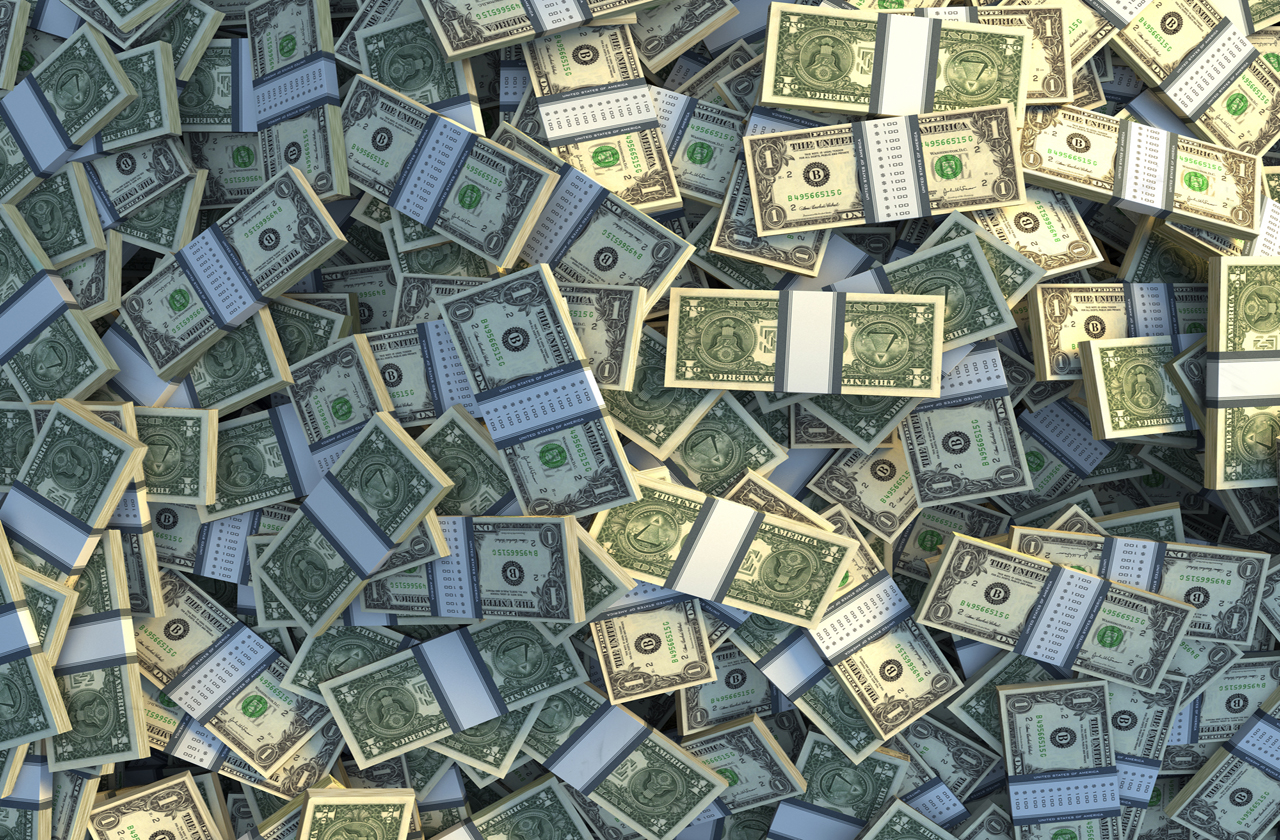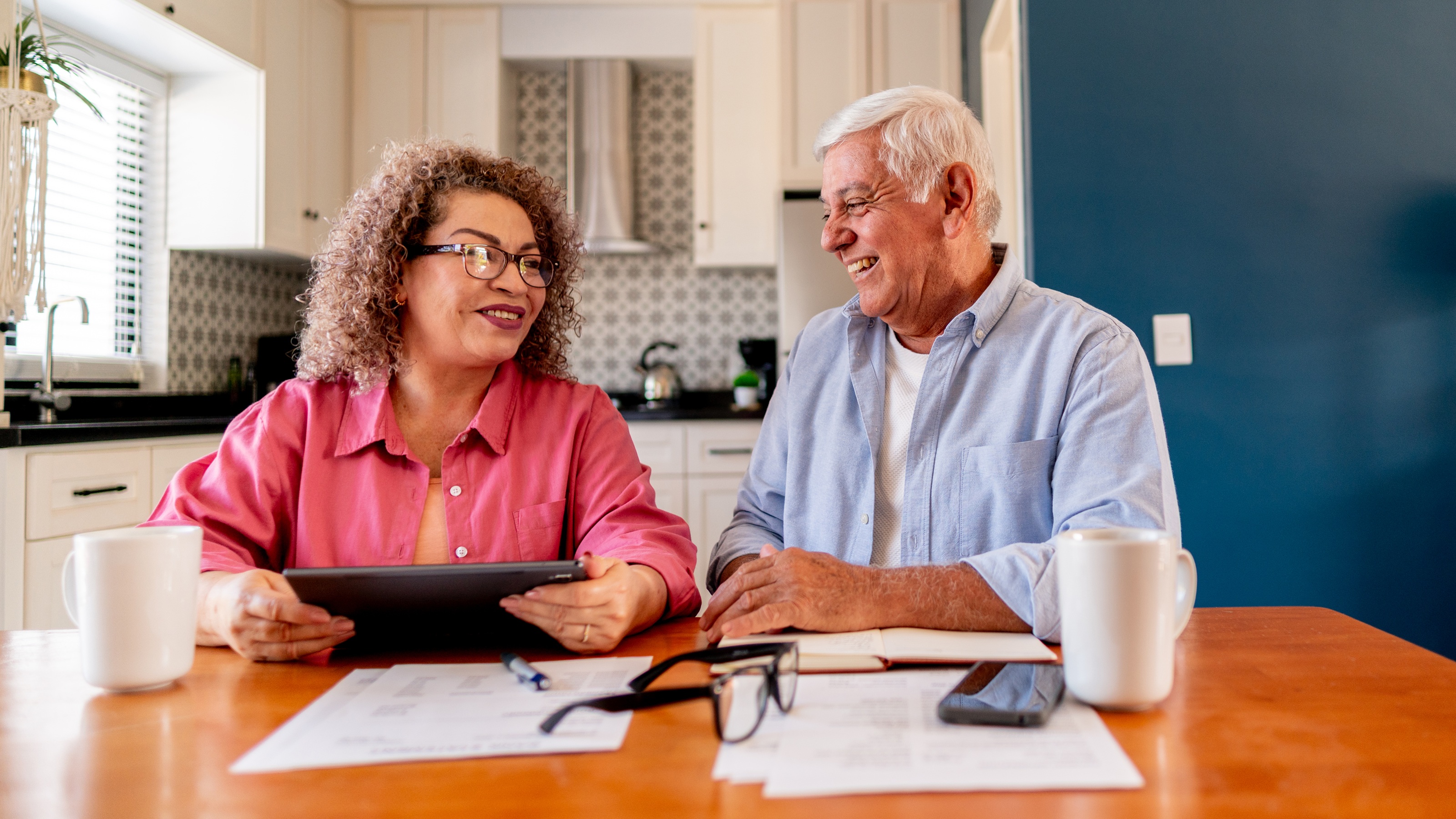Investors: Focus on Cash Flow, Not Returns
Investors who zero in on their portfolio’s bottom line are missing the point, and they could be pressured into making a costly mistake.


Thanks to the financial services industry, over the decades investors have been conditioned to focus on the returns their portfolios generate, more than on cash flow. The industry has emphasized returns, as they make a great sales tool for financial professionals. But that hardly helps investors (more on the problem with historical and average returns in my next column).
Of course, it is important to have positive returns, but simply focusing on this elevates what I call “sequence of returns risk.” This refers to the phenomena where portfolio returns in the early part of the investment cycle have a disproportionate impact on the long-term outcome of the portfolio – ergo, a 15% loss in year one has a compounding effect that is much greater than having a 15% lost in later years of the investment cycle.
The psychological impact of this is that it often causes investors to change their investment allocation to a more conservative mix, or worse yet sell near market lows, thereby compounding the impact of the early negative returns and making achieving their investment goals much more challenging. If, however, investors were to simply focus on cash flow, then they probably wouldn’t give in to any temptations to time the market or take corrective actions during a downtown, which is a natural part of a full market cycle.
From just $107.88 $24.99 for Kiplinger Personal Finance
Become a smarter, better informed investor. Subscribe from just $107.88 $24.99, plus get up to 4 Special Issues

Sign up for Kiplinger’s Free Newsletters
Profit and prosper with the best of expert advice on investing, taxes, retirement, personal finance and more - straight to your e-mail.
Profit and prosper with the best of expert advice - straight to your e-mail.
For instance, take two identical $1 million portfolios, which are set up to distribute $50,000 annually. Investor No. 1 has the unfortunate luck of investing at the peak of the market cycle and being subjected to two negative performance years at the outset. Investor No. 2 experiences positive returns for the first two years.
| Year | Portfolio 1 annual return | Ending balance after $50k distribution | Year | Portfolio 2 annual return | Ending balance after $50k distribution |
|---|---|---|---|---|---|
| 1 | -5% | $945,000 | 1 | 10% | $1,050,000 |
| 2 | -3% | $866,650 | 2 | 20% | $1,210,000 |
| 3 | 10% | $903,315 | 3 | -3% | $1,123,700 |
| 4 | 7% | $916,547 | 4 | -5% | $1,017,515 |
| 5 | -15% | $729,065 | 5 | 7% | $1,038,741 |
| 6 | 20% | $824,878 | 6 | -15% | $832,930 |
| 7 | 1% | $783,127 | 7 | 8% | $849,564 |
| 8 | -3% | $709,633 | 8 | -3% | $774,077 |
| 9 | 8% | $716,404 | 9 | 7% | $778,263 |
| 10 | 7% | $716,552 | 10 | 1% | $736,045 |
Average annual return for both portfolios = 2.7%
Experience has taught me that investors like Investor No. 1 will likely become nervous, and at the very least will doubt their strategy and be tempted to sell. Both portfolios have a 10-year average annual return of 2.7%, and both distribute the desired $50,000. The ending balance between the two portfolios is about $20,000 apart, well within a reasonable margin of error for long-term investment return expectations.
Astute investors know that portfolio returns are heavily influenced by market cycles, which are uncontrollable. By focusing on cash-flow, investors are better able to ignore short-term market gyrations and sequence of returns risk. In my next column, I’ll be discussing the importance and significant impact portfolio costs have on long-term performance.
This column is the third in a six-part series on investor education.
- Column 1 – Understanding your goals
- Column 2 – Why benchmarking to the S&P 500 is not a good strategy
- Column 3 – It’s about cash-flow, not returns
- Column 4 – How much are you paying for your portfolio?
- Column 5 – 5 critical questions to ask your financial advisor
- Column 6 – ‘Senior Inflation’ the not so silent retirement killer
Profit and prosper with the best of Kiplinger's advice on investing, taxes, retirement, personal finance and much more. Delivered daily. Enter your email in the box and click Sign Me Up.

Oliver Pursche is the Chief Market Strategist for Bruderman Asset Management, an SEC-registered investment advisory firm with over $1 billion in assets under management and an additional $400 million under advisement through its affiliated broker dealer, Bruderman Brothers, LLC. Pursche is a recognized authority on global affairs and investment policy, as well as a regular contributor on CNBC, Bloomberg and Fox Business. Additionally, he is a monthly contributing columnist for Forbes and Kiplinger.com, a member of the Harvard Business Review Advisory Council and a monthly participant of the NY Federal Reserve Bank Business Leaders Survey, and the author of "Immigrants: The Economic Force at our Door."
-
 5 Smart Things to Do With Your Year-End Bonus
5 Smart Things to Do With Your Year-End BonusAfter you indulge your urge to splurge on a treat, consider doing adult things with the extra cash, like paying down debt, but also setting up a "fun fund."
-
 Gen X Investors: Protect Your Portfolio From an AI Bubble
Gen X Investors: Protect Your Portfolio From an AI BubbleAmid talk of an AI bubble, what's the best course of action for investors in their 50s and 60s, whose retirement savings are at risk from major market declines?
-
 Retirees: Put Charitable Gifts in a DAF (and Get a Tax Break)
Retirees: Put Charitable Gifts in a DAF (and Get a Tax Break)A donor-advised fund is a simple (really!), tax-smart strategy that lets you contribute a large, tax-deductible gift now and then distribute grants over time.
-
 5 Smart Things to Do With Your Year-End Bonus, From a Financial Professional
5 Smart Things to Do With Your Year-End Bonus, From a Financial ProfessionalAfter you indulge your urge to splurge on a treat, consider doing adult things with the extra cash, like paying down debt, but also setting up a "fun fund."
-
 Are You a Gen X Investor? Here's How You Can Protect Your Portfolio From an AI Bubble
Are You a Gen X Investor? Here's How You Can Protect Your Portfolio From an AI BubbleAmid talk of an AI bubble, what's the best course of action for investors in their 50s and 60s, whose retirement savings are at risk from major market declines?
-
 Hey, Retirees: Put Your Charitable Gifts in a Donor-Advised Fund (and Enjoy Your Tax Break)
Hey, Retirees: Put Your Charitable Gifts in a Donor-Advised Fund (and Enjoy Your Tax Break)A donor-advised fund is a simple (really!), tax-smart strategy that lets you contribute a large, tax-deductible gift now and then distribute grants over time.
-
 If You're a U.S. Retiree Living in Portugal, Your Tax Plan Needs a Post-NHR Strategy ASAP
If You're a U.S. Retiree Living in Portugal, Your Tax Plan Needs a Post-NHR Strategy ASAPWhen your 10-year Non-Habitual Resident tax break ends, you could see your tax rate soar. Take steps to plan for this change well before the NHR window closes.
-
 Could Target-Date Funds With Built-In Income Guarantees Be the Next Evolution in Retirement Planning?
Could Target-Date Funds With Built-In Income Guarantees Be the Next Evolution in Retirement Planning?With target-date funds falling short on income certainty, retirement plans should integrate guaranteed income solutions. Here is what participants can do.
-
 Your Year-End Tax and Estate Planning Review Just Got Urgent
Your Year-End Tax and Estate Planning Review Just Got UrgentChanging tax rules and falling interest rates mean financial planning is more important than ever as 2025 ends. There's still time to make these five key moves.
-
 What Makes This Business So Successful? We Find Out From the Founder's Kids
What Makes This Business So Successful? We Find Out From the Founder's KidsThe children of Morgan Clayton share how their father's wisdom, life experience and caring nature have turned their family business into a respected powerhouse.
-
 Past Performance Is Not Indicative of Your Financial Adviser's Expertise
Past Performance Is Not Indicative of Your Financial Adviser's ExpertiseMany people find a financial adviser by searching online or asking for referrals from friends or family. This can actually end up costing you big-time.